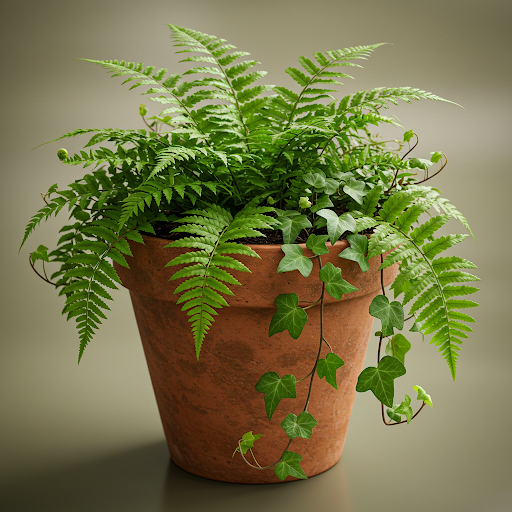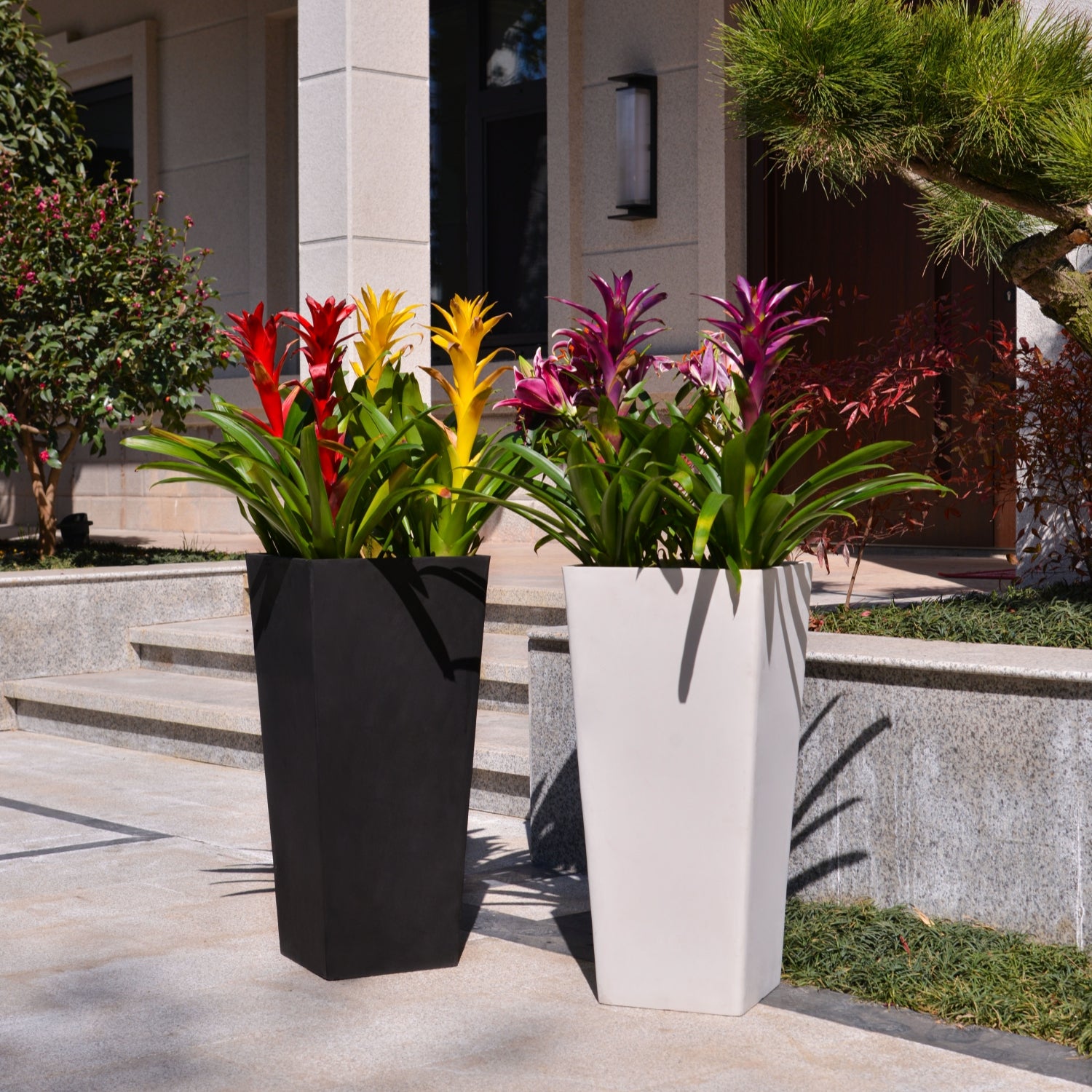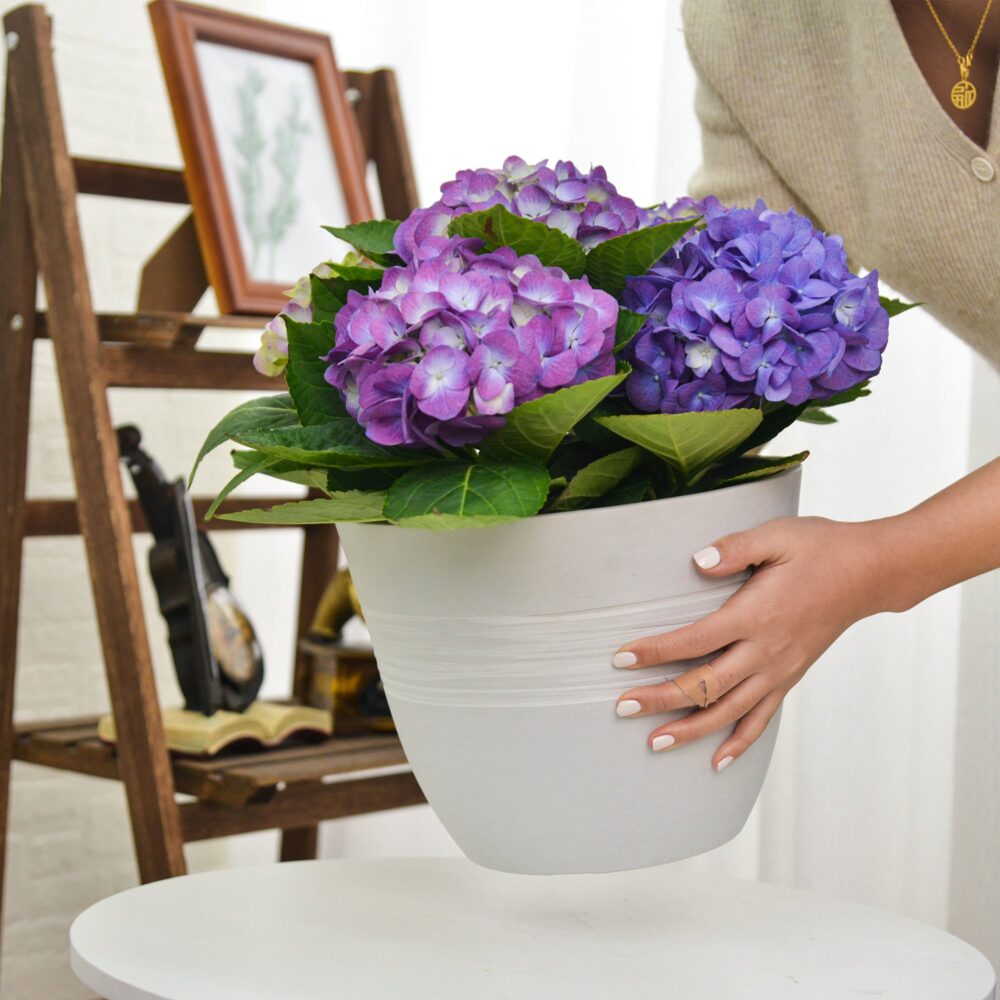Smart Ways to Reuse Peanut Shells in Your Garden
Enjoying a snack of peanuts often leaves behind a pile of shells. But instead of throwing them away, savvy gardeners know that these seemingly simple shells can be a valuable resource for your plants. Just like the Spanish article points out, peanut shells offer several benefits when repurposed in the garden. Here are two fantastic ways to put them to good use:

1. Peanut Shells as Mulch: A Gardener’s Secret Weapon
Using peanut shells as mulch is a fantastic way to improve your garden’s health and appearance. Here’s why:
- Excellent Water Retention: Peanut shells create a porous layer on the soil surface, helping to slow down evaporation and keep moisture in the ground for longer. This means less frequent watering, especially during hot summer months.
- Weed Suppression: A layer of peanut shell mulch acts as a physical barrier, preventing weed seeds from germinating and blocking sunlight from reaching existing weeds. This reduces the need for hand-weeding or herbicides.
- Soil Temperature Regulation: Mulch helps to insulate the soil, keeping it cooler in the summer and warmer in the winter. This can benefit plant roots and protect them from extreme temperature fluctuations.
- Adds Organic Matter: As peanut shells slowly decompose, they add valuable organic matter to the soil, improving its structure, aeration, and water-holding capacity over time.
- Natural and Attractive: Peanut shell mulch provides a natural, earthy look to your garden beds.
How to Use Peanut Shells as Mulch:
- Gather Your Shells: Collect clean, unsalted peanut shells. Avoid shells from heavily processed or flavored peanuts, as they may contain unwanted additives.
- Apply a Layer: Spread a layer of peanut shells around the base of your plants, aiming for a depth of about 2-4 inches. Keep the mulch a few inches away from the plant stems to prevent potential moisture buildup and rot.
- Mulch Vegetable Beds, Flower Gardens, and Around Trees & Shrubs: Peanut shells work well as mulch for a wide variety of plants, including vegetables, flowers, shrubs, and even trees.
- Replenish as Needed: Over time, the peanut shells will decompose. You may need to add more mulch periodically to maintain the desired layer thickness.
2. Peanut Shells in Your Compost Bin: Boosting Soil Health from Within
Peanut shells can also be a valuable addition to your compost pile. Here’s why they’re beneficial for composting:
- Carbon-Rich Material: Peanut shells are considered a “brown” or carbon-rich material in composting. Carbon is essential for the microorganisms that break down organic matter in your compost pile.
- Improves Aeration: Their somewhat rigid structure helps to create air pockets within the compost pile, which is crucial for aerobic decomposition and prevents the compost from becoming compacted and smelly.
- Adds Nutrients: As they break down, peanut shells release nutrients back into the compost, enriching its overall quality and making it a more valuable soil amendment for your garden.
How to Use Peanut Shells in Compost:
- Collect Your Shells: Again, use clean, unsalted peanut shells.
- Break Them Down (Optional): While not strictly necessary, breaking the shells into smaller pieces can speed up the decomposition1 process. You can do this by hand or by running over them with a lawnmower (if you have a large quantity).
- Add to Your Compost Pile: Incorporate the peanut shells into your compost pile, mixing them with “green” or nitrogen-rich materials like kitchen scraps and grass clippings. Aim for a balanced ratio of browns to greens for optimal composting.
- Turn Your Compost: Regularly turn your compost pile to aerate it and speed up decomposition.

Important Considerations for Using Peanut Shells:
- Allergies: While generally safe, be mindful of potential peanut allergies if you have individuals with severe reactions working in your garden.
- Potential for Fungal Diseases: In very humid conditions, a thick layer of peanut shell mulch might retain too much moisture and potentially encourage fungal growth. Ensure good airflow around your plants.
- Salt Content: Avoid using shells from heavily salted peanuts, as the salt can be harmful to plants.
- Pest Concerns: While not a major issue, some gardeners have noted that certain pests might occasionally be attracted to peanut shells. Monitor your plants and take appropriate action if needed.
Conclusion:
Instead of discarding those peanut shells, consider them a free and readily available resource for your garden. Whether you use them as a moisture-retaining and weed-suppressing mulch or add them to your compost pile to boost soil health, peanut shells offer a sustainable and beneficial way to care for your plants. So, the next time you enjoy a handful of peanuts, remember the valuable contribution those shells can make to your green thumb endeavors!
GreenShip 27inch Tall Planters for Porch, Large Outdoor Planter Pots with Drainage Hole
By greenship-seo|2025-04-10T06:27:21+00:00April 7, 2025|Categories: Hand-carving Series|Tags: Decorative Flower Pots|
11TH
By greenship|2024-08-13T02:50:25+00:00August 13, 2024|Categories: Hand-carving Series|
20VD
By greenship|2024-08-13T06:43:41+00:00August 13, 2024|Categories: Hand-carving Series|
Planter for Indoor Outdoor Plants, Set of 2 Modern Decorative Plant Pots with Drainage Hole, Decorative Flower Pots
By greenship-seo|2025-01-14T12:26:44+00:00January 14, 2025|Categories: Hand-carving Series|Tags: Decorative Flower Pots|
HS
By greenship|2024-08-13T06:45:17+00:00August 13, 2024|Categories: Hand-carving Series|
Modern Plant Pots with Drainage – Indoor & Outdoor Use (6″ Widths)
By greenship-seo|2025-04-10T06:29:43+00:00February 6, 2025|Categories: Hand-carving Series|Tags: Decorative Flower Pots|






